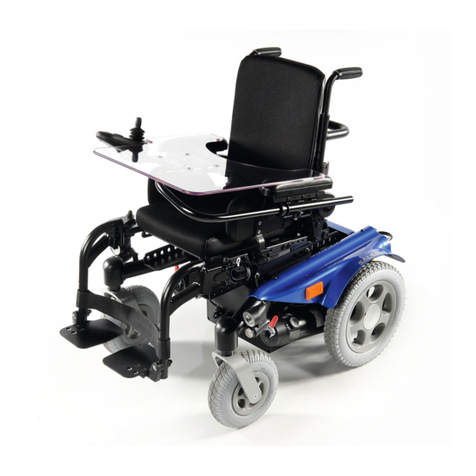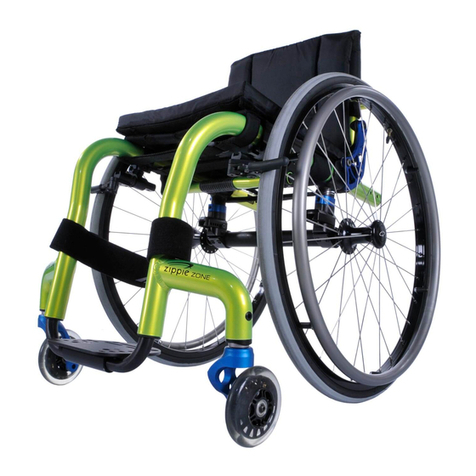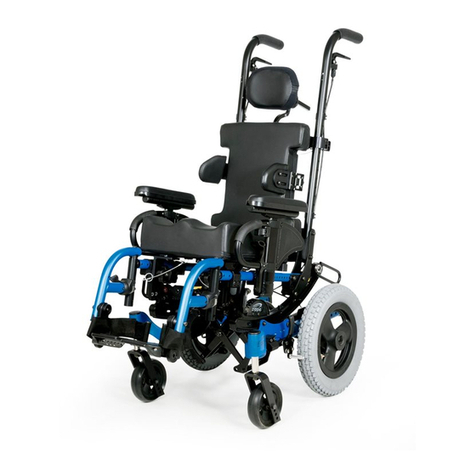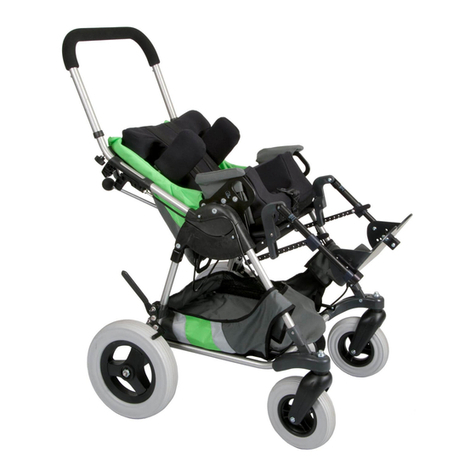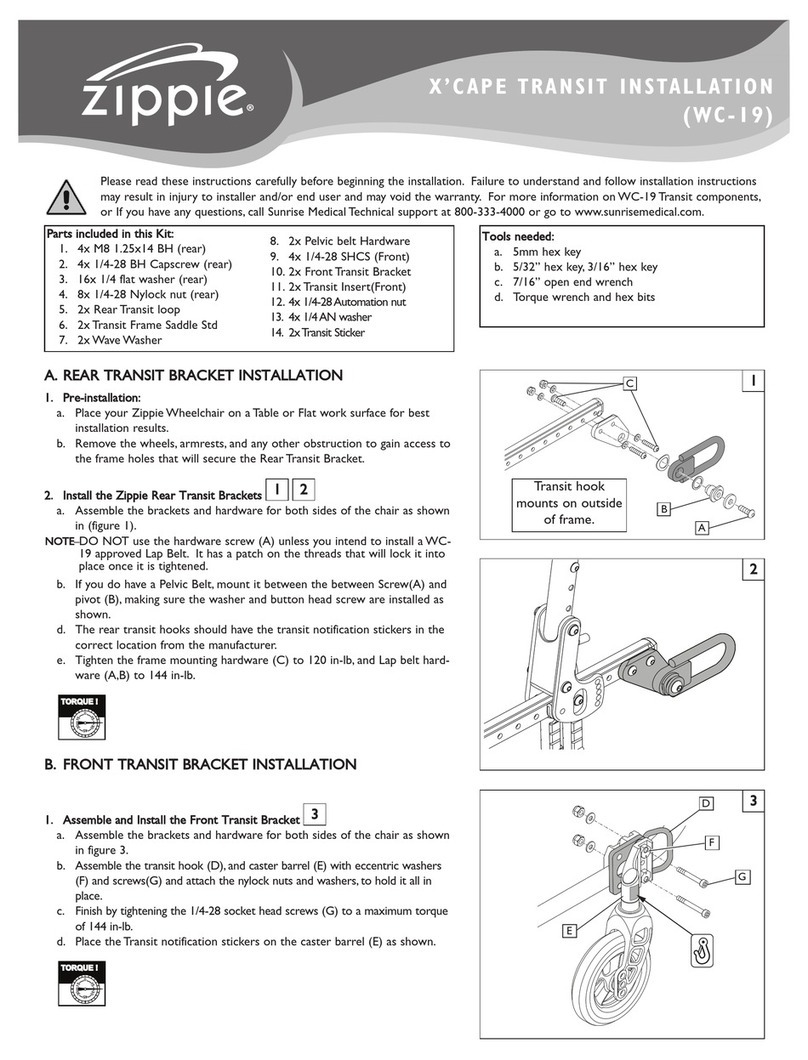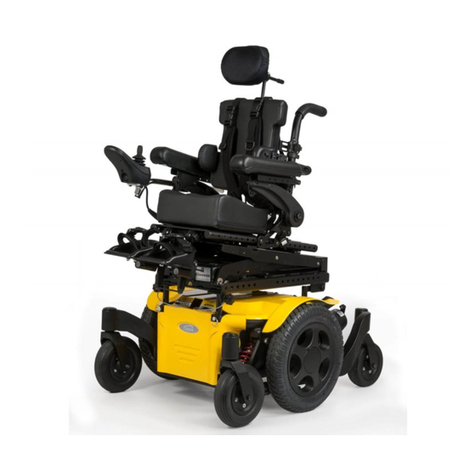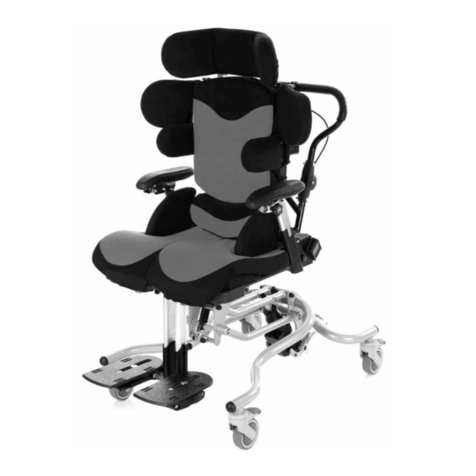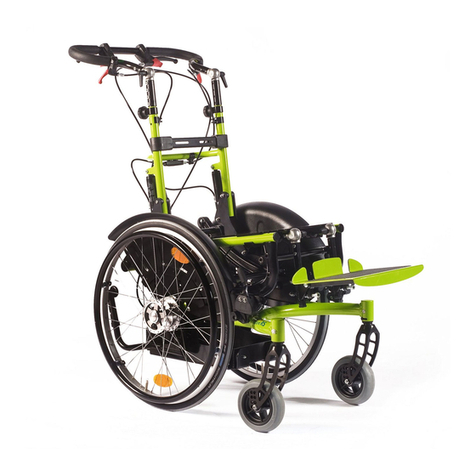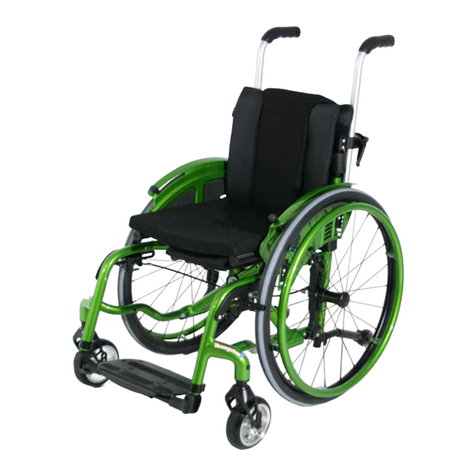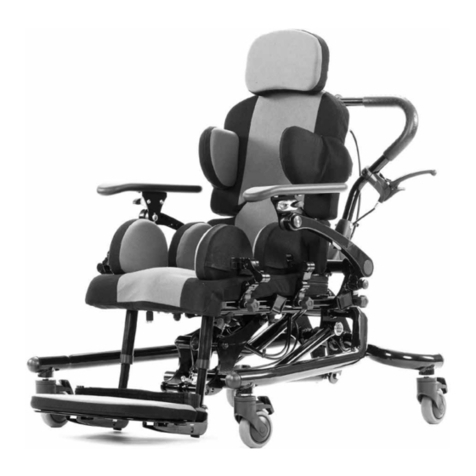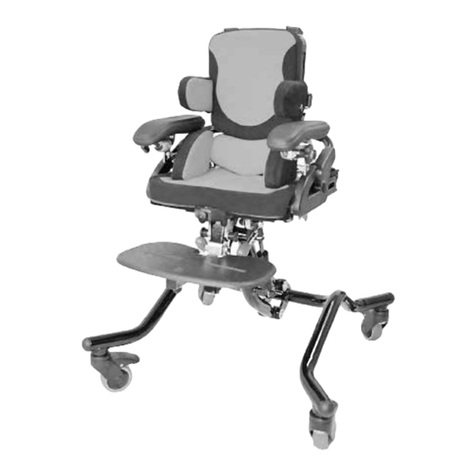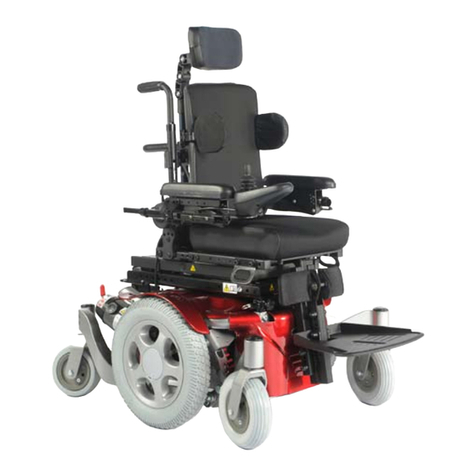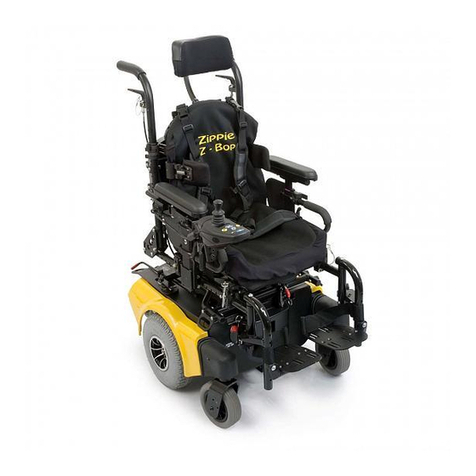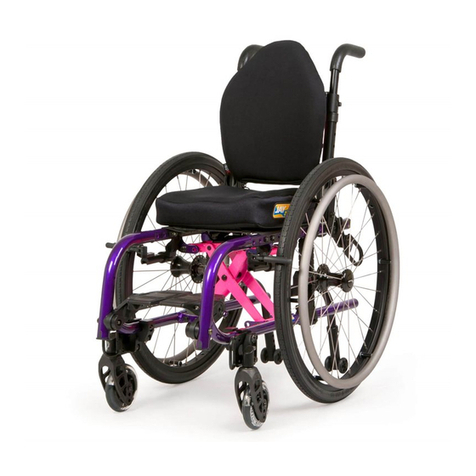
Foreword
Dear Customer,
We are very happy that you have decided in favour of a
high-quality product from SUNRISE MEDICAL.
This owner's manual will provide numerous tips and ideas
so that your new wheelchair can become a trustworthy
and reliable partner in your life.
Maintaining close ties to our customers means a lot to us
at Sunrise Medical. We like to keep you up-to-date about
new and current developments at our company. Keeping
close to our customers means: fast service, as little red
tape as possible, working closely with customers. When
you need replacement parts or accessories, or if you just
have a question about your wheelchair – we are there for
you.
We want you to be satisfied with our products and
service. At Sunrise Medical we are constantly working to
develop our products further. For this reason, changes
can occur in our palette of products with regard to form,
technology and equipment. Consequently, no claims can
be construed from the data or pictures contained in this
user’s manual.
The management system of SUNRISE MEDICAL is
certified to EN ISO 9001, ISO 13485 and ISO 14001.
As the manufacturer, SUNRISE MEDICAL,
declares that the lightweight wheelchairs
conform to the 93/42/EEC guideline.
Please contact your local, authorised SUNRISE
MEDICAL dealer if you have any questions concerning
the use, maintenance, or safety of your wheelchair.
In case there is no authorised dealer in your area, or you
have any questions, contact Sunrise Medical either in
writing or by telephone.
Sunrise Medical
Thorns Road
Brierley Hill
West Midlands
DY5 2LD
England
Phone: 0845 605 66 88
Fax: 0845 605 66 89
www.SunriseMedical.co.uk
IMPORTANT:
DO NOT USE YOUR WHEELCHAIR UNTIL
THIS MANUAL HAS BEEN READ AND
UNDERSTOOD.
Use
Wheelchairs are exclusively for a user who is unable to
walk or has limited mobility, for their own personal use,
when self-propelling and being moved by a third party
(pushed by attendant) within the home and outdoors.
The maximum weight limit (includes both the
user and any weight of accessories fitted to the
wheelchair) is marked on the serial number label,
which is affixed to the crossbar or stabiliser bar
below the seat.
Warranty can only be taken on if the product is used
under the specified conditions and for the intended
purposes.
The intended lifetime of the wheelchair is 5 years.
NO NON-STANDARD PARTS are to be fitted, other than
those officially approved by Sunrise Medical.
Area of Application.
The variety of options as well as the modular design
means that it can be used by those who cannot walk or
have limited mobility because of:
• Paralysis
• Loss of extremity (leg amputation)
• Extremity defect deformity
• Joint contractures/joint injuries
• Illnesses such as heart and circulation deficiencies,
disturbance of equilibrium or cachexia as well as for
elderly people who still have strength in the
upper body.
When considering provision, please also note the body
size, weight, physical and psychological constitution, the
age of the person, living conditions and environment.
9
ENGLISH
Rev.5.0
Simba
